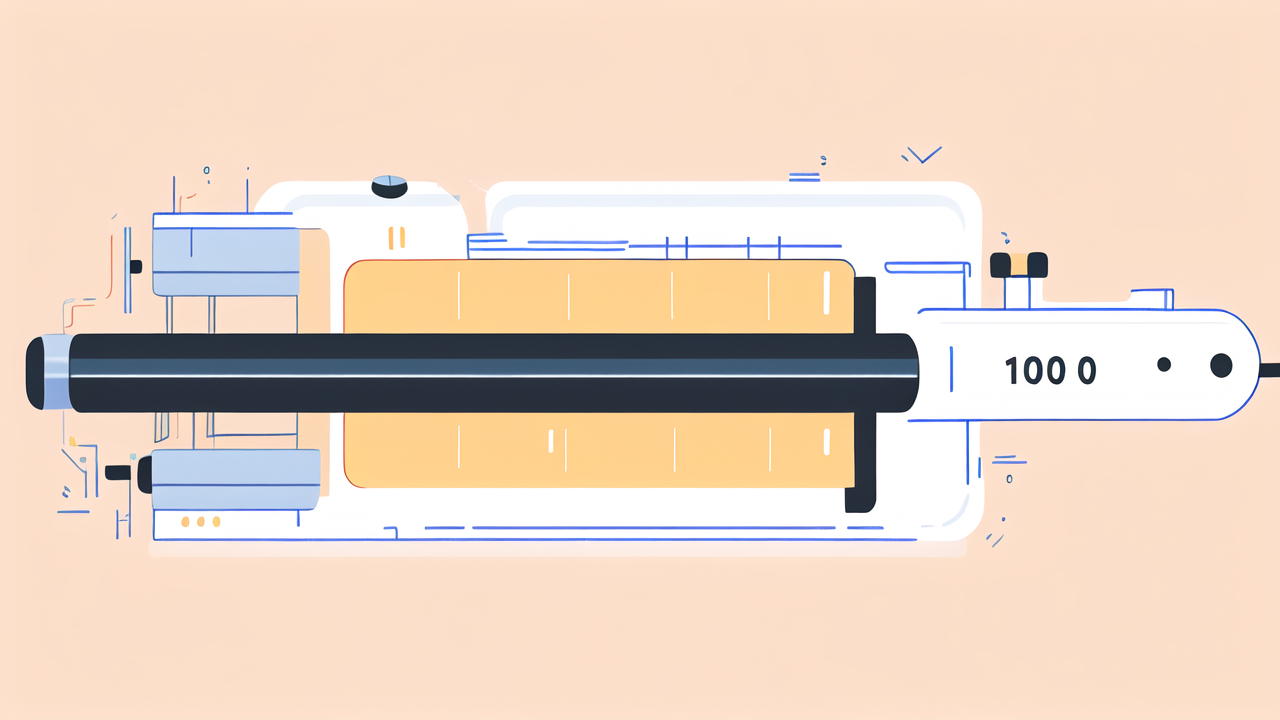Understanding Laser Levels
The Basics of Laser Level Technology
Laser level technology is the cornerstone of modern construction and DIY precision. It's essential for ensuring that objects are perfectly level or plumb. These handy devices project a static laser line onto surfaces. This tells you if something is level (horizontal) or plumb (vertical). Some have a self-leveling feature that makes set up quick and easy. With a variety of types, laser levels suit different tasks. From hanging a picture to major construction work, they are key for accurate alignment.

Types of Laser Levels: From Basic to High-Tech
Laser levels come in various forms, each with unique features. Here's a quick rundown:
- Dot Lasers: Simple point projection for basic leveling.
- Line Lasers: Emit straight lines on surfaces. Good for aligning work.
- Rotary Lasers: Spin to create a full 360-degree level line.
- Cross Line Lasers: Project both horizontal and vertical lines.
- 3D Laser Levels: Offer more precise control with 3D visuals for complex tasks.
- 4D Laser Levels: These are the latest, giving full room coverage without moving the device.
Whether you're hanging a picture or plotting a construction site, there's a laser level suited for the task.
How 3D Laser Levels Can Transform Your Measuring Tasks
3d laser levels elevate the standard of precision in various tasks. With advanced tech, they project 360-degree lines on all planes. This feature allows users to measure and align at once. This multitasking tool boosts efficiency and reduces errors. Perfect for complex layouts in construction and detailed interior designs. 3D laser levels assure accuracy from foundation to finishes. Compared to traditional tools, they save time and lessen the need for rework. This innovation transforms how we approach measuring, giving clear advantages for any project.
Cross Line Laser Levels Versus 3D Laser Levels
Cross Line Laser Levels: An Overview
Cross-line laser levels are a popular choice for both DIY enthusiasts and pros. They emit straight lines along the horizontal and vertical planes. This makes them ideal for tasks like hanging pictures or installing cabinets. With their ease of use, they are a great start for simple leveling jobs. Yet, they may not be enough for more complex projects that need full room layout. This is where 3d laser levels come in, offering extra lines and greater precision. In the next sections, we'll explore the added benefits of 3D laser levels. We'll also compare their accuracy and usability for different tasks.
3D Laser Levels: Advantages Over Cross Line Models
3d laser levels provide significant advantages over traditional cross line models. With the ability to project angles across three planes, these versatile tools enable precision like never before. From complex layouts to simple installations, users can ensure accuracy in every dimension. This precision is critical for tasks that require meticulous alignment, such as cabinetry, tiling, and framing. Moreover, 3D lasers often feature enhanced visibility and longer range, making them suitable for both indoor and outdoor applications. Their robust design and advanced technology make them a favorite choice for professionals seeking reliable and efficient measuring solutions.
Comparing Accuracy and Usability in Construction and DIY Projects
- Cross Line Laser Levels emit straight lines along the horizontal and vertical axes. They are great for aligning tiles or cabinets.
- 3D Laser Levels project a 360-degree plane, allowing coverage of an entire room. This is perfect for complex layouts.
- In construction, 3D models offer better precision for tasks like pipe installation or stair framing.
- DIY enthusiasts might prefer Cross Line Lasers for their ease of use and lower cost.
- Accuracy varies, with 3D models typically providing tighter tolerances, essential for professional-grade work.
- Usability depends on the project. Cross Line is user-friendly for simple tasks, while 3D is best for detailed work.
Innovations in Laser Level Technology: The Emergence of 4D Laser Levels
What Are 4D Laser Levels and How Do They Differ from 3D?
4D laser levels are the latest in laser technology. Unlike 3D models, they project lines along four planes. This extra plane adds a vertical line that wraps around corners. This feature provides a 360-degree layout without needing to move the device. They offer a new level of precision and ease for complex projects. Users can map out an entire room from a single point. This makes tasks quicker and reduces chances of error. 4D levels suit professional use in construction and surveying. They are ideal for jobs requiring full-room leveling and alignment. But, they may be too advanced for simple home DIY tasks. Their price is higher compared to traditional 3d laser levels.
Applications of 4D Laser Levels in Professional Fields
4D laser levels bring game-changing accuracy and convenience to various industries. In construction, these devices allow for precise setting out of walls, floors, and ceilings, ensuring each angle is perfect. In manufacturing, 4D levels ensure machinery and parts align with high precision. The levels are also vital in surveying, where exact measurements are key. Large-scale installations, like HVAC systems, benefit from the pinpoint accuracy that 4D technology provides. This synergy of cutting-edge tech with professional demands marks a new era in laser leveling applications.
Choosing Between 3D and 4D Laser Levels: Factors to Consider
Choosing the right laser level can be tricky. Think about these points before you buy. Look at the job's needs. Will it be indoor or outdoor? Small tasks, like hanging pictures, may need only a 3D level. Bigger jobs, like construction, can use a 4D level. Check the precision each offers. 4D levels give a full room layout. This is great for complex work. But, they can cost more. Weigh the price and how much you'll use it. If only used sometimes, a 3D level might be best. Think about ease of use too. 3D levels are often easier to handle for beginners. Lastly, look at other users' reviews. They give real experiences you can learn from. With careful thought, you’ll find the best laser level for your tasks.






